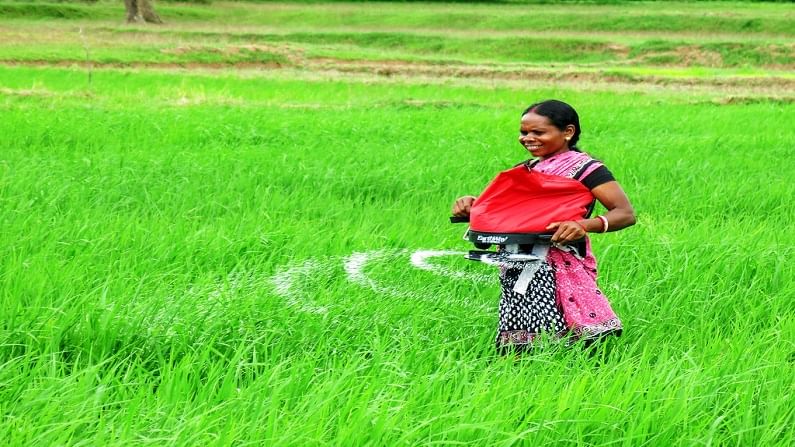Fertiliser volume expected to be marginally down in FY22: report
The Icra report said that the fertiliser production volumes remained stable in four months of FY22, whereas imports have declined by 16%

Even as there has been an 11% decline in primary fertiliser sales volume during the first four months of FY2021-22, it is likely to improve and expected to be only marginally lower than the previous financial year, according to a report.
Fertiliser sales volumes were down 11 per cent YoY in the first four months of FY22, given the large base effect of FY21 when panic buying by farmers amid Covid-19 pandemic had led to a strong growth of 15% YoY in the first half of FY21, the report said.
“The sales volume, however, declined in the second half of FY21 due to inventory destocking at the farmer’s end. Also, the fertiliser availability remains adequate for the ongoing Kharif season and the government is making several efforts to ensure adequate availability for the upcoming rabi season. Thus, overall fertiliser sales volumes for FY22 are not expected to witness a sharp decline,”Icra Senior Vice President and Group Head Sabyasachi Majumdar said.
He added that, the sowing levels in current Kharif season are marginally lower and the fertiliser intensity is also expected to remain stable.
Fertiliser imports decline considerably
The Icra report said, as for the fertiliser production volumes, they have largely remained stable in four months of FY22 , as compared to the four months of FY21, whereas imports have declined by 16%.
The combined, both import and production volumes have declined by only 6% in the period under review, whereas the retail sales have declined by 11%, indicating availability of fertiliser inventory with the fertiliser companies, according to the report.
However, with limited availability of Di-ammonium Phosphate (DAP) in the international markets and steep rise in import prices, the availability of the same for the upcoming rabi season will be a concern, as the situation may further exacerbate with China banning fertiliser exports, it stated.
“Given the continued rise in raw material prices, Phosphatic and Potassic (P&K) players have started resorting to price actions to pass on the impact of raw material price increase to farmers,” Icra Senior Analyst Ravish Mehta said.
“While DAP, urea and NPK (nitrogen, phosphorus and potassium) have already witnessed price increases in the international markets, the potash price rise is yet to impact India. We expect the potash prices to rise sharply in any new contract renegotiation that takes place in the industry and also expect the government to take a relook at the subsidy rates for P&K fertilisers, for the ongoing season as well as for the upcoming rabi season to ensure reasonable retail prices for farmers,” he said.
Further, “as fertiliser imports continue to face challenges, the government might review the fertiliser availability position, especially for the rabi season”, he added.
In July 2021, Indian P&K players increased the prices of NPK fertiliser by 3-6%, while DAP prices remained stable, he said.